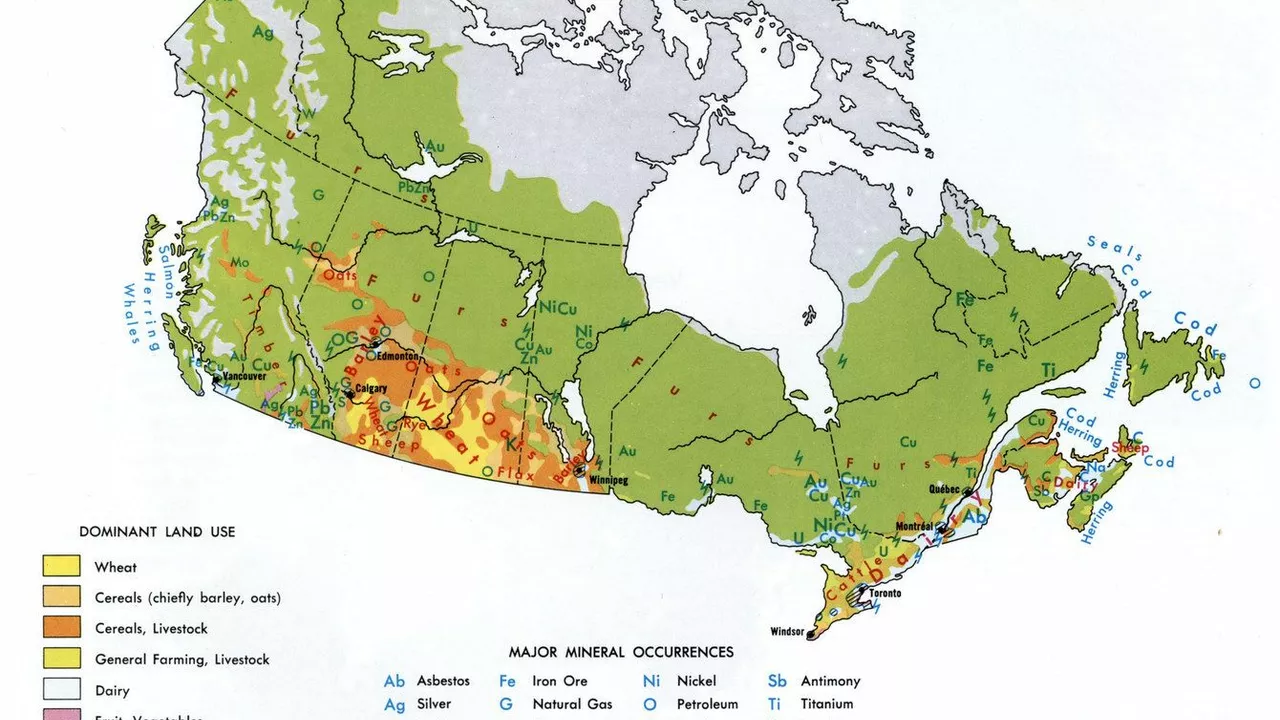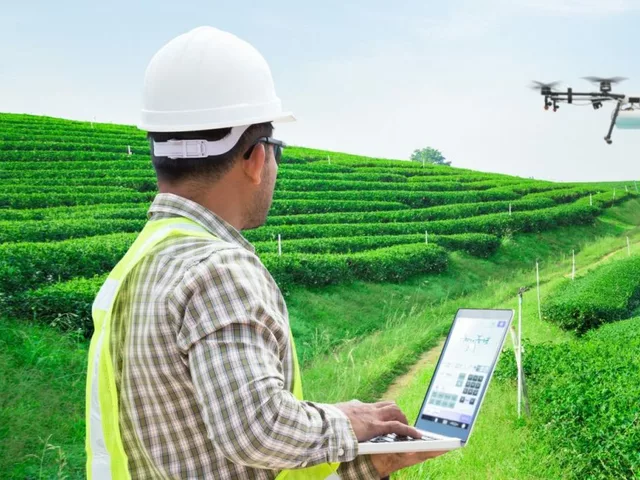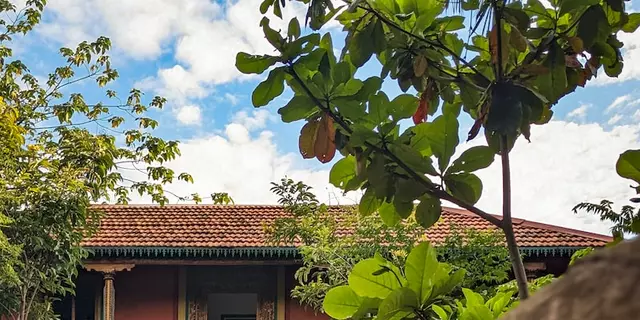Demystifying the Farming Landscape: A Close-Up Look at the US Land Utilization
Oh, the beauty of the countryside! One might think there's no science aligned with it, but wait until we dive deep into the numbers behind the picturesque vista of rural America. Now lean back, maybe grab a cup of your favourite brew, and let's take a closer look at the logistics of something that plays a key part in our everyday life without us even knowing - agriculture. Today, we're answering that million-dollar question - what percent of US land is actually used for agriculture?
Land, the Green Canvas: Understanding the Basics
Let's start with the basics. Agriculture is more than just planting seeds and harvesting the crop at the end of the season. It's a series of scientific, ecological, and economic factors blending together to form a complex system. It involves physical properties, geographic factors, and even weather patterns that shape the agricultural dynamics of a region. When we talk about agricultural land use in the US, we must consider these variables to understand the bigger picture.
The US, if you're unaware, is mighty big. Stretching over approximately 2.43 billion acres, the nation presents a great diversity of landscapes, climates, and land-use practices. However, it's not all rolling hills and dense forests. Far from it. Agriculture forms a substantial chunk. Ploughing into the specific numbers, let's unravel the green canvas of US land.
The Fields of Plenty: Area Occupied by Agriculture in the US
So, what percent of the US land is used for agriculture? Well, here, my beloved reader, you're in for a surprise. The US Department of Agriculture (USDA) states that as of 2017 (the latest census data available), a staggering 40% of all US land - that's roughly 900 million acres - is farmland! To paint a mental picture, that's larger than the total area of Brazil! Incredible, right?
This vast agricultural landscape plays an indispensable role in feeding not only America but also in supporting the global food chain. It comprises an eclectic mix of croplands, grassland pasture, and range. The agricultural industry is a significant contributor to US economic health and yet, one would be forgiven to underestimate its magnitude, given the urban-centric culture and discourse in present times.
Fields Versus Food: The Cropland Conundrum
Let's dive a tad deeper. When someone talks about agricultural land, a mental image of lush, verdant fields resplendent with a bounty of food crops instantly jumps to mind. However, the reality is slightly less perfect. Today's fun fact: not all agricultural land is used for food crops production. Oh, the disbelief! Allow me to elaborate.
Out of the colossal 900 million acres of farm land, only about 43% (approx. 392 million acres) is designated as cropland, as per the USDA. And even then, not all cropland is directly involved in growing food for human consumption. Here's a staggering tidbit: more than a third of the cropland in the US produces corn and a significant portion of that goes towards feeding livestock and ethanol production.
Feasting or Fueling: A Striking Revelation
If your breakfast plate disappeared and got replaced by a petrol station, that's sort of what's happening on quite a number of farms. A significant part of the agricultural yield, especially corn, does not end up on our dinner tables but instead is used as animal feed or for biofuel production. Now, where did my toast go?
Even though corn is America's largest crop in terms of production mind you, not all of this juicy bounty is used for direct human consumption. A significant proportion is utilized in ethanol production, a type of biofuel, or used as feed, primarily for beef cattle. As a kid, I remember camping near cornfields believing that all those cobs would turn into my popcorn. How naïve, dear Alden!
Look Beyond the Cornhusk: Untangling the Complexity of Land Use
Here's something to mull over while you munch on your corn-on-the-cob. The narrative around agricultural land use isn't just confined to the volume of land, but also about how this land is utilized. Is the widespread acreage being used efficiently? Are we making the most of the productive capacity of the available land? These questions, my friend, are a topic for another day and equally worthy of in-depth exploration.
The land use matrix isn't as straightforward as it may seem at first blush. It's a complex jigsaw puzzle affected by various external and internal factors, policies, demand-supply dynamics, and macroeconomic conditions. But for today, let us just marvel at the sheer magnitude of the agricultural area nestled within the borders of the United States. The next time you pass those endless fields on an interstate drive, remember to tip your hat to the scale and importance of agriculture in the grand scheme of things. Whether it's feeding or fueling the world, agricultural land is a precious canvas painting the picture of our sustenance and survival.





